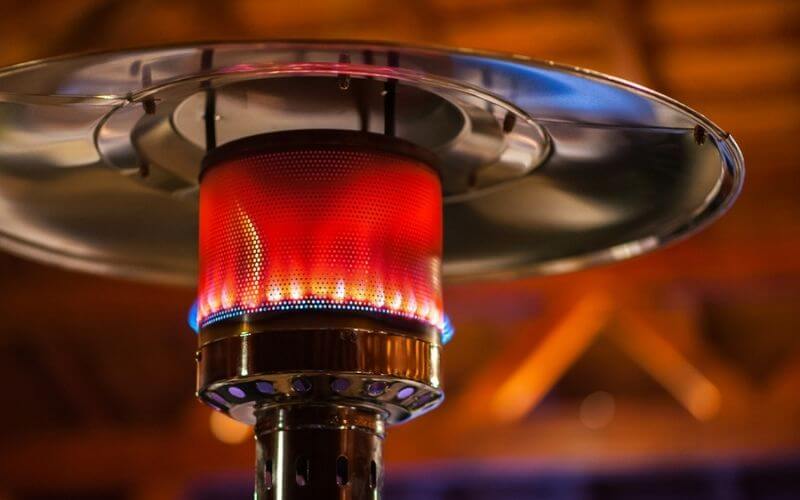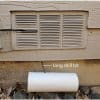There is a negative stereotype around the idea of using a propane heater inside a home. Much of this comes from a few instances where things have gone terribly wrong, and the fact that propane is extremely flammable.
However, when used correctly, a propane heater can be perfectly safe indoors. The purpose of this article is to provide readers with information on propane heaters and how to use them safely.
How Do Propane Heaters Work?
A propane heater uses a gas flame to heat the air in the home. There are several types of propane heaters, but they all work the same way. The gas is ignited by a pilot light inside the heater. The gas heats the air around it, and heated air flows out of the heater and into the home. The home’s air system then distributes this warm air throughout the rest of the house.
Different Types of Indoor Propane Space Heaters
There are different types of propane space heaters to choose from. When installed and used correctly, all of them are safe, but they heat up a space differently.
- Circulating Space Heaters – These space heater models work similar to central air heaters, possessing a visible blue flame. These are widely marketed and sold as “blue flame” heaters. The flame warms the air and circulates it around objects and people.
- Radiating Space Heater – These heaters are often called infrared space heaters because they heat rooms and spaces like the sun on a cold winter day.
- Vented and Unvented Space Heaters – Unvented space heaters burn fuel using indoor air. Ventilated space heaters release gasses outside after combustion occurs outside.
Propane Safety Tips for Indoor Use
Be sure to follow a few simple safety precautions before using an indoor propane heater. Check any state and local regulations to ensure you are following local safety codes. Ask a local utility company if any specific safety procedures need to be followed or if something is unclear.
Standard regulations include distances from windows, flammable items, and the length of time a heater can run. All of these can be found with the furnace when purchased or online.
Ventilation and Exhaust
Propane heaters produce carbon monoxide, so it’s important to keep your indoor propane heater well-ventilated. The ideal CO level in your home is zero. Any reading above zero is considered unsafe.
When using an indoor propane heater, you should also consider installing an exhaust fan. An exhaust fan will draw CO-containing air out of your home and should be installed by a professional. It should be vented to the outside and be wired directly to your propane heater’s power source.
Fireplace Chimneys and Vents
You should be safe if you use a propane fireplace instead of a traditional heater. Venting carbon monoxide from fireplaces is designed to be safe. Fireplaces are also built to code so there is little reason to be concerned with its location or proximity to other items.
To sum up, keeping a propane heater indoors is perfectly safe as long as you follow a few simple precautions. Make sure your indoor propane heater is well-ventilated. Don’t let it sit too close to anything that can burn, and make sure to keep CO levels at zero at all times.
Now that you know how to keep your indoor propane heater safe, it’s time to enjoy the benefits of saving money and staying warm this winter!








